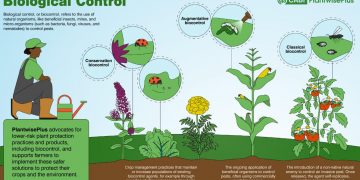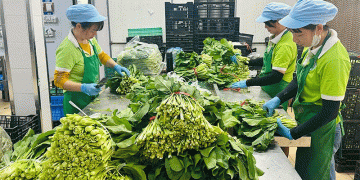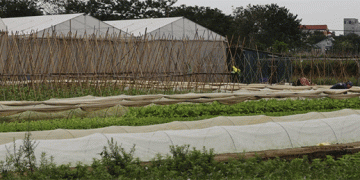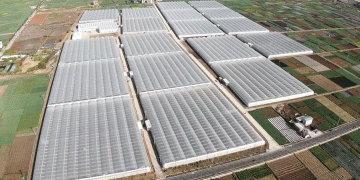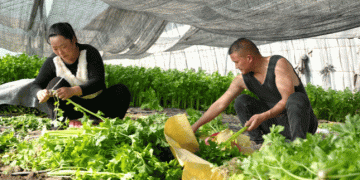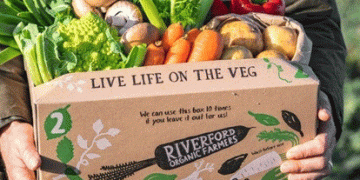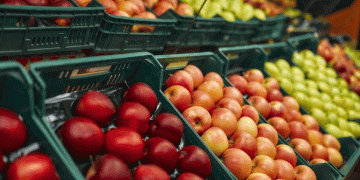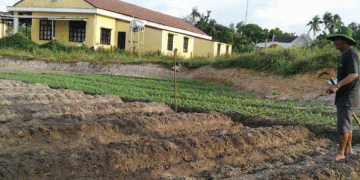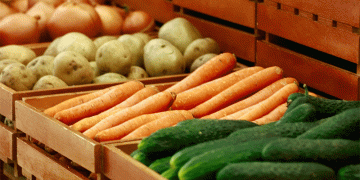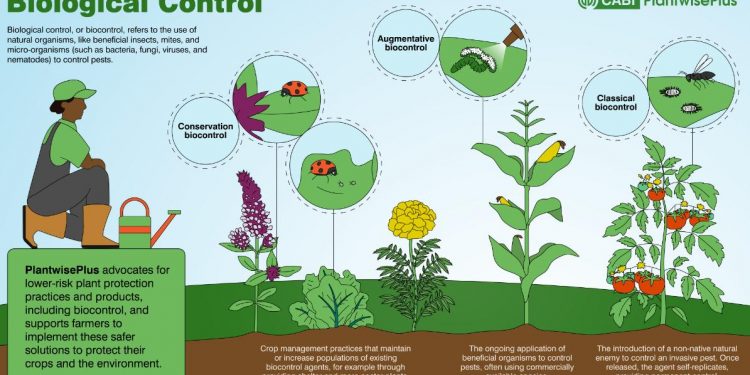Biological control, also called biocontrol or bioprotection, is a method of pest control using other organisms, natural enemies, pathogens, semiochemicals and natural substances. Unlike some other methods of control in agriculture, bioprotection often has little to no side effects.
For decades, growers have relied on chemical pesticides. However, the problems associated with these have grown. Issues include impact on human health, growing pest resistance, and environmental damage. As a result, the benefits of using biological control methods have become more evident. There are three main types of biological control. These are augmentative, conservation, and classical biological control. In augmentative biocontrol, growers increase natural enemies and pathogens in an area on a timely basis to fight pests and diseases. Natural enemies and pathogens are, for example, predators, parasitoids or microbes. Biopesticides can be used in augmentative biocontrol. In conservation biocontrol, farming practices aim to increase the abundance of natural enemies already in the environment. For instance, improving the environmental conditions helps natural enemies and pathogens to thrive. Classical biocontrol, sometimes called importation biocontrol, involves introducing a pest’s natural enemy and occasionally a pathogen. This is often a more long-term solution. These strategies can involve different people or entities depending on the type of biocontrol used; for example, growers, scientists, and governments. Augmentative biological control is the control of pests and diseases of crops by increasing the number of natural enemies or pathogens, for example, by releasing bacteria or predators. The use of biopesticide and biocontrol products, or biocontrol agents, is part of augmentative biocontrol. Often, natural enemies or pathogens are already present in the environment. However, their populations may not be large enough to control the pest. Augmentative biocontrol usually has an immediate effect but might not last long. This is why it can need repeated releases of a control agent. There are two approaches to releasing the biocontrol agent. This can be either one ‘big wave’ approach, called inundative release. This can also be one ‘small and strategic’ approach, called inoculative release.
- Inundative release: is a short-term control of a pest. It involves releasing a large number of the biocontrol agent at one time. An example is the release of ladybirds to control insect pests. This is similar to pesticide treatments with shorter-term reduction. Repeated applications might be needed in this case.
- Inoculative release: aims to control a pest for a longer period, usually for the season. It involves releasing a smaller amount of the biocontrol agent. Usually, it is used when the pest population is low and is more used as a preventative method. The released biocontrol agent can reproduce during the season and continue keeping the pest population low. An example is the application of some bacteria, such as Bacillus amyloliquefaciens.
Conservation biological control seeks to preserve and enhance the amount or activity of natural enemies already present. It mainly focuses on managing the environment. Growers can use this approach by adopting some cultural and mechanical practices to provide the natural enemies with:
- Food sources
- Alternative hosts
- Shelter and refuge habitat
- Appropriate microclimates
This type of biological control aims to reduce factors that interfere with natural enemies or limit their effectiveness, such as avoiding the negative effects of pesticides.
An example is the installation of border crops (including hedgerows) in agricultural areas. Border crops contain a variety of plants that provide pollen, nectar and alternative hosts for natural enemies. Border crops also offer shelter to these organisms.
For the best results, growers should aim to combine conservation and augmentative biocontrol types. Augmentative biocontrol can release more natural enemies in the environment. Concurrently, conservation biocontrol can protect them and enhance the effectiveness of augmentative biocontrol.
Classical biocontrol was the first type of biological control to be used widely, hence why it is called “classical”. It consists of introducing an exotic biocontrol agent (a natural enemy or, sometimes, a pathogen) to control pests and diseases. This method usually relies on scientists who study the biocontrol agents and on governments that approve the release of biocontrol agents.
Usually, this approach is used against a pest that is non-native to the area. We call it an invasive species. Invasive species are often problematic because they might not have predators in the invaded area. For this reason, the biocontrol agent selected and introduced generally originates from the same area as the invasive species.
Classical biocontrol is the result of years of scientific research. It identifies potential biocontrol agents that could be imported and ensures that they do not harm native species. The environment needs to be suitable for the biocontrol agent to establish as well.
Before the release of a new biocontrol agent, governments must approve its introduction. Usually, once governments approve it, scientists release the biocontrol agents into the environment.
The aim of classical biocontrol is to establish a sustainable population that suppresses the pest for many years.
Classical biocontrol has been successfully used for many weed and insect pests. One example is the use of the rust fungus Maravalia cryptostegiae to manage the invasive rubber-vine weed Cryptostegia grandiflora in Australia.
Reference: https://blog.plantwise.org/2024/07/16/types-of-biological-control/
